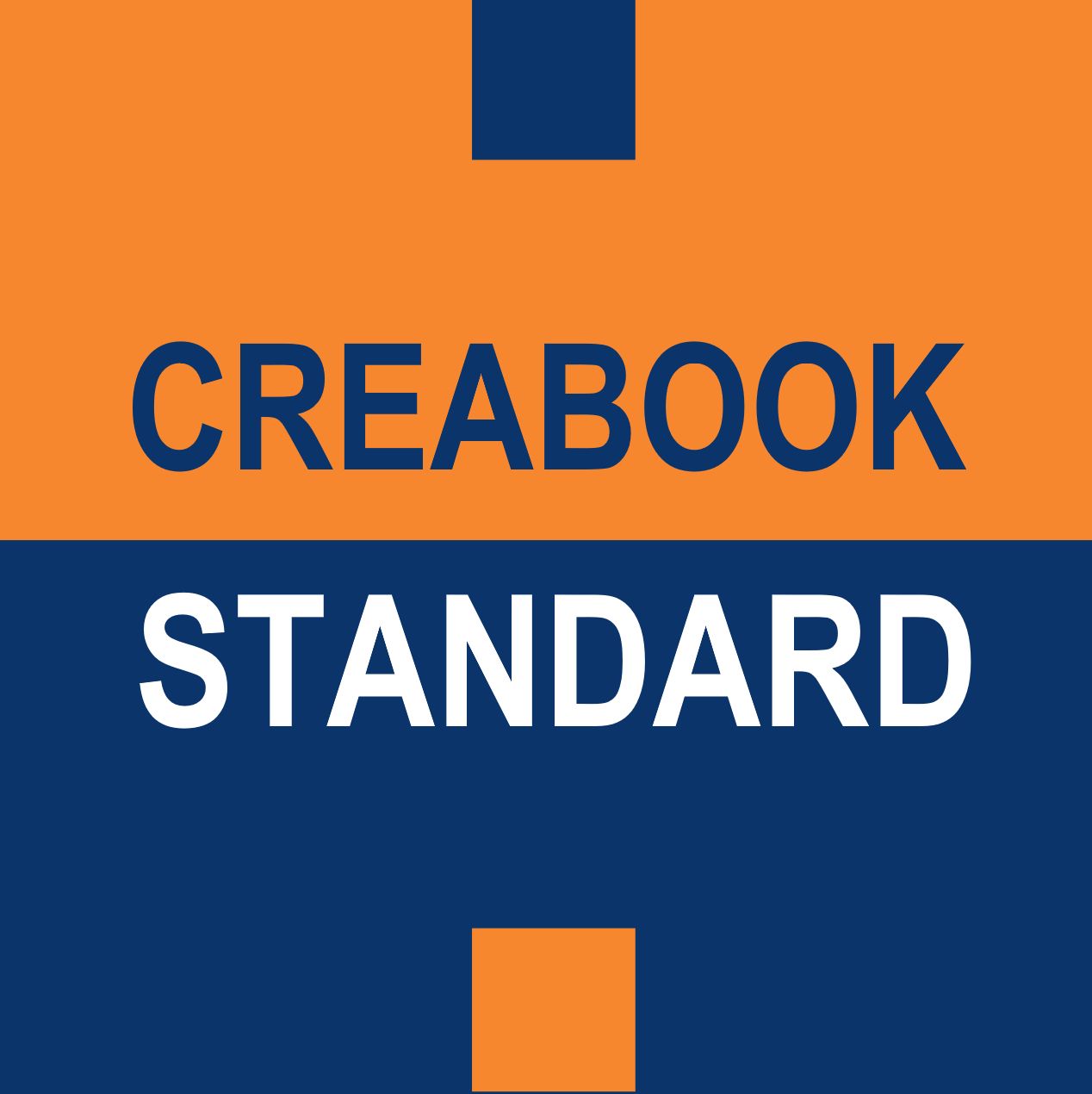This page contains essential information about the book, such as the date, version number, summary, and class numbers related to the business sectors. It may be easier to fill it at the end of the writing process, once the chapters describing the content of the CreaBOOK have been written.
Warnings:
As a reminder, the CreaBOOK is a book to which rights and obligations are attached, engaging its author. The WcS does not exercise any control over the CreaBOOK unless its author subsequently submits a certification request. The author is entirely free to follow or not follow the advice they receive.
Mention to be added:
- The World creators Society neither endorses nor disapproves of the opinions expressed in this book; these opinions are considered the sole expression of their author(s).
- No part of this book may be reproduced in any form without the written permission of the author(s), except as specified by the publisher in the Universal Standard of Intellectual Property and the attached terms and conditions.
The WcS is committed to registering and publishing all CreaBOOKS submitted to them without conducting any prior review.
Version and timestamp:
Please indicate the version number of the CreaBOOK and the date on which it was finalized.
Refer to the reference example
In our reference example, Alain Souloumiac has indicated the notation “V1, 2023/08/11” to signify that this is the first version of the CreaBOOK and that it has been timestamped on August 11, 2023.
Language of the CreaBOOK:
The CreaBOOK can be written in the language of your choice. The national language used for writing the CreaBOOK must be indicated in English.
Refer to the reference example
The language used to write the CreaBOOK in the reference example is English.
Abstract in the national language:
This is a summary, composed of fewer than twenty lines (maximum 200 words), describing the context, object, and originality of the creation.
Refer to the reference example
In our reference example, the “CreaCORN” is summarized as a multi-step method designed to assist startups in bringing their innovations to the market and raising the necessary funds for their development. This framework is guided by a reference standard called the “CreaCORN” and relies on the CreaBOOK, which enables creators to prove and assert the authorship of their innovations.
Here is the summary written by Alain Souloumiac in his CreaBOOK:
“To help startups bring their innovative products to market, some 10,000 incubators have been established in the last twenty years. Except for the few that have had tremendous success, most incubators struggle to achieve this goal. 90% of startups fail to develop and commercialize their technologies dans disappear within three years of their creation.
The high cost of our intellectual property system is a major factor in this failure rate. Most startups do not manage to raise the money needed for their research and development because they cannot guarantee a return to their investors, even if they are successful. The CreaCORN provides incubators with a framework to protect startups’ intellectual property and vouch for the value of their assets at every stage of development. With the CreaCORN, incubators will increase the attractiveness of startups and reduce their failure rate.”
Abstract in English language:
When the CreaBOOK is not written in English, an abstract in English must be added. It is intended to provide, in the reference language a quick overview of the content for all those interested. You can use an automatic translator to write your abstract.
NICE Classification:
Each creation belongs to certain business sectors. To identify trademarks, the international NICE convention has established a classification that allows you to associate your creations with relevant domains. Click the button below to access the classification. Then, list a maximum of 6 classes related to your creation.
Access the NICE Classification
Refer to the reference example
In our reference example, Alain Souloumiac has chosen to include the following classes: “9, 36, 38, 41, and 42”, as they correspond to the field of activity relevant to the innovations and their financing.
Header and footer:
In the header, simply include the author’s name.
In the footer, include the following abbreviations: ‘©’ for ‘Copyright’, ‘CP’ for ‘Protected Content’, and ‘Cf’ for ‘CreaFREE’. Add the publication date, the name of the creation, and the version number.
Refer to the reference example
In our reference example, the following statement has been added to the footer: “© CP Cf 20230811 CreaCORN V1”.
